Cherry Eye in Pets: What It Is and How It’s Corrected
When you notice something unusual about your pet’s eye, it can be alarming. Cherry eye, with its characteristic red or pink mass in the corner of the eye, can be particularly concerning. We understand how unsettling it can be to see your beloved pet uncomfortable, and at Envision More Veterinary Ophthalmology, we’re here to ease your worries and guide you through understanding this condition.
Understanding Cherry Eye: More Than Just an Unsightly Bump
Cherry eye occurs when the gland of the nictitating membrane, or third eyelid, prolapses. This gland is crucial as it produces a significant portion of the tear film responsible for lubricating and protecting your pet’s eyes. The term “cherry eye” aptly describes the appearance — a red, swollen mass like a cherry at the inner corner of the eye. It’s most frequently seen in dogs, particularly young ones, but can occasionally affect cats too.
What Causes Cherry Eye?
The primary cause of cherry eye is the weakening of connective tissue fibers that hold the gland in place. This weakness allows the gland to slip out, or prolapse. Breed predispositions play a significant role here; breeds such as Bulldogs, Shih Tzus, and Cocker Spaniels are more prone to this condition due to suspected genetic factors. Typically, cherry eye appears in dogs under two years of age, although it can manifest later in some cases.
Why Addressing Cherry Eye Is Crucial
While cherry eye itself may not seem immediately threatening, neglecting it can lead to complications. The gland produces 30-50% of the tear film, and its prolapse can lead to inadequate tear production. This deficiency can result in dry eye (keratoconjunctivitis sicca, KCS), increased risk of corneal ulcers, and even infections. If untreated, the discomfort and potential vision issues can significantly impact your pet’s quality of life.
Recognizing Symptoms: How to Spot Cherry Eye Early
The most evident sign of cherry eye is the protruding round, red mass at the eye’s inner corner. Other symptoms may include:
- Eye redness and inflammation: Due to irritation and decreased lubrication.
- Excessive tearing or discharge: As the eye tries to compensate for the gland’s dysfunction.
- Squinting or pawing at the eye: Signs of discomfort or irritation.
- Dry eye signs: A dull cornea and thick discharge may indicate reduced tear production. Cherry eye can affect one or both eyes, and in some cases, the prolapse may be intermittent.
How Cherry Eye Progresses If Left Untreated
Initially, cherry eye may cause mild irritation, but as time progresses, the gland may remain persistently prolapsed. Chronic inflammation results in swelling, potentially leading to KCS, corneal ulcers, and even vision loss. Scarring of the gland over time can make surgical correction more complex.
Diagnosing Cherry Eye: What to Expect During Your Vet Visit
At Envision More Veterinary Ophthalmology, our team will conduct a thorough physical examination to assess the prolapsed gland. We may perform an ophthalmic examination, including:
- Schirmer Tear Test: To measure tear production.
- Fluorescein stain: To check for corneal ulcers or damage.
- Evaluation for other abnormalities: To rule out conditions such as conjunctivitis or foreign objects. For more detailed exploration of eye conditions, you can refer to resources such as Common Eye Conditions in Animals – ACVO.
Treatment Options: From Medication to Surgery
Medical Management includes topical antibiotics to reduce inflammation and prevent infection, alongside lubricating eye drops to maintain moisture. While manual reduction of the gland by massage may offer temporary relief, it’s not a long-term solution.
Surgical Correction is often the definitive solution, aiming to reposition rather than remove the gland. Techniques like the pocket technique, which creates a pocket to secure the gland, or the anchoring technique, which involves suturing the gland to nearby tissues, are effective. Surgical success varies, with potential for recurrence, but careful technique and follow-up reduce risks. Integrative therapies, including acupuncture and herbal remedies, may be explored under veterinary guidance for additional support. For post-operative care, an Elizabethan collar (E-collar) is typically recommended to prevent the pet from self-traumatizing the eye during recovery.
The Risks of Ignoring Cherry Eye
If untreated, cherry eye can lead to chronic dry eye requiring lifelong medication. Corneal ulcers are painful and may need surgical intervention, as detailed in the Corneal Ulcers Handout for Pet Owners – Today’s Veterinary Practice. Persistent infections and ongoing discomfort can deeply affect your pet’s comfort and routine.
Daily Life with Cherry Eye: Practical Impacts
Cherry eye can transform your pet’s and your own daily life. You may find your pet experiencing constant eye irritation, leading to behavioral changes due to discomfort. As an owner, the worry over your pet’s discomfort and the need for regular cleaning and medication administration can be stressful. Additionally, there are financial costs associated with ongoing treatment and check-ups.
Can Cherry Eye Be Prevented?
Complete prevention is challenging due to genetic factors. However, responsible breeding practices can help reduce incidence by avoiding breeding dogs known to suffer from cherry eye. Early detection and prompt treatment are essential to minimize long-term complications.
At-Home Support: Care and Comfort Tips
- Regular cleaning: Gently wipe discharge from your pet’s eyes with a warm, damp cloth.
- Medications: Administer as prescribed by your veterinarian to ensure effective management.
- Comfortable environment: Keep your pet’s environment clean and free from irritants like dust or smoke.
Cherry Eye FAQs
- Can cherry eye resolve on its own? Rarely, and waiting to see if it resolves can lead to more complications.
- Is cherry eye painful for my pet? It can cause discomfort and irritation, potentially leading to pain if untreated.
- How much does cherry eye surgery cost? Costs vary; it’s best to discuss with your vet for an accurate estimate.
- Can cherry eye return after surgery? Recurrence is possible but less likely with proper surgical technique.
- Is cherry eye an emergency? It’s not life-threatening, but prompt treatment is crucial to prevent complications. For more information, you can refer to Cherry Eye in Dogs – AKC.
We’re Here for You
At Envision More Veterinary Ophthalmology, we understand the emotional toll that pet health issues can take. Our compassionate team is committed to providing the best care possible for your pet. If you notice any concerning symptoms, we encourage you to contact us or meet our team to discuss your pet’s eye health. Let us support you and your pet through every step of this journey.

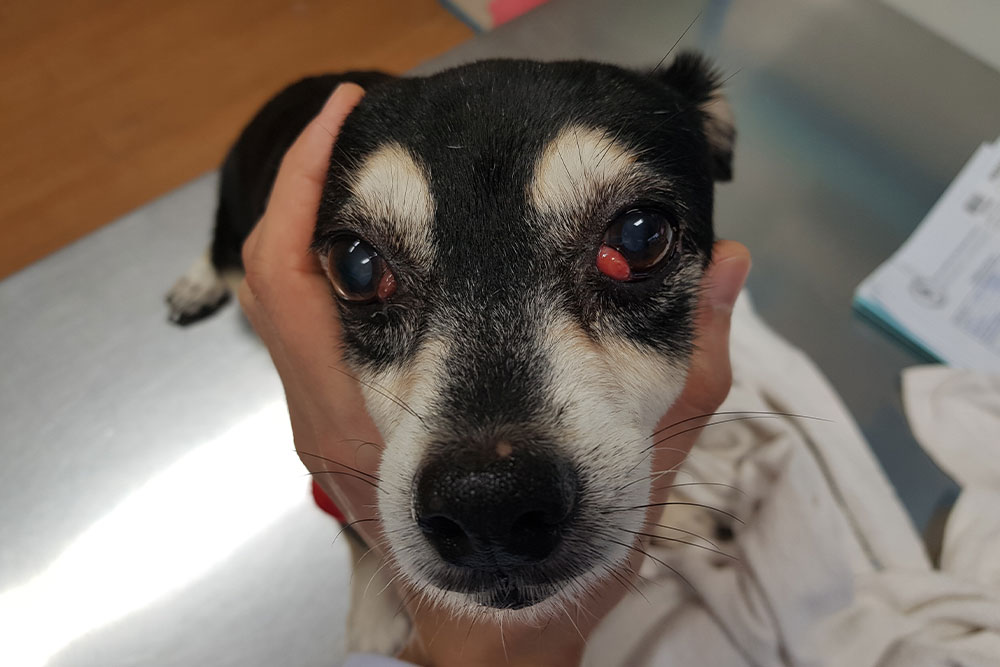
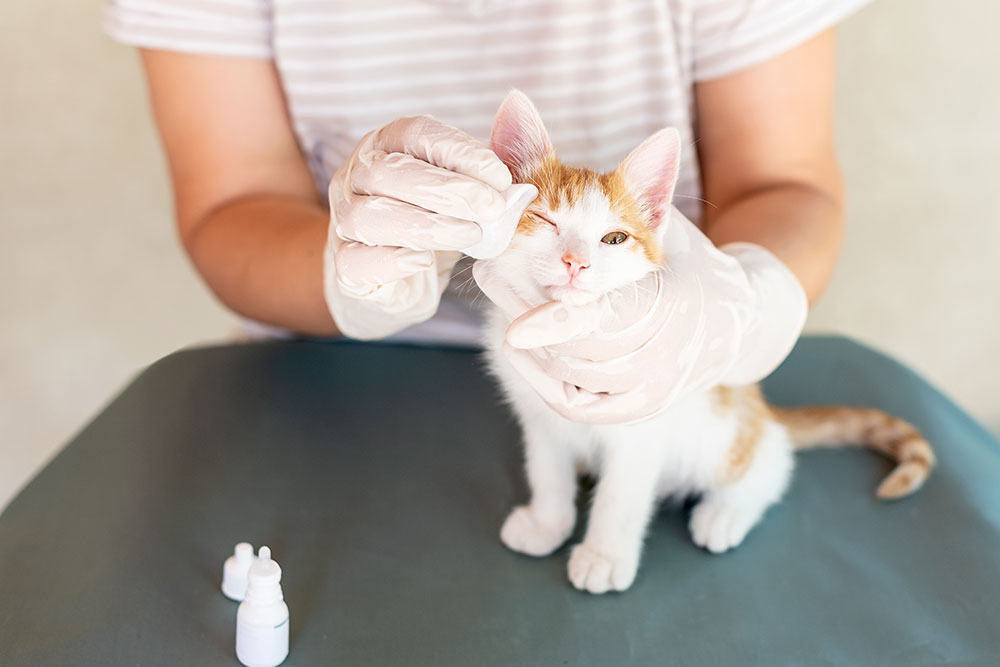
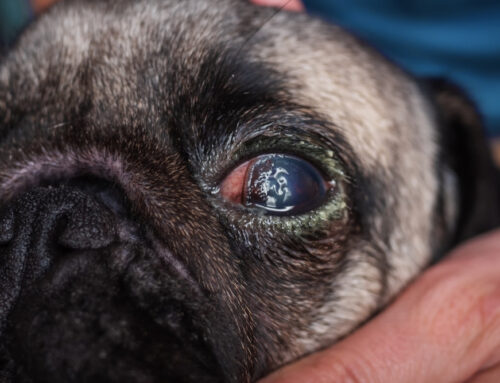
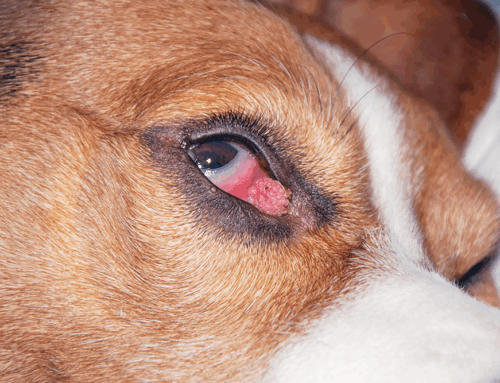
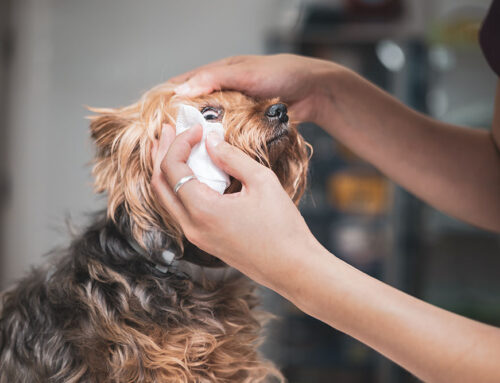
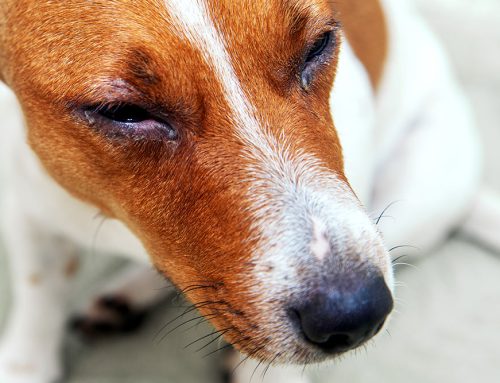

Leave A Comment